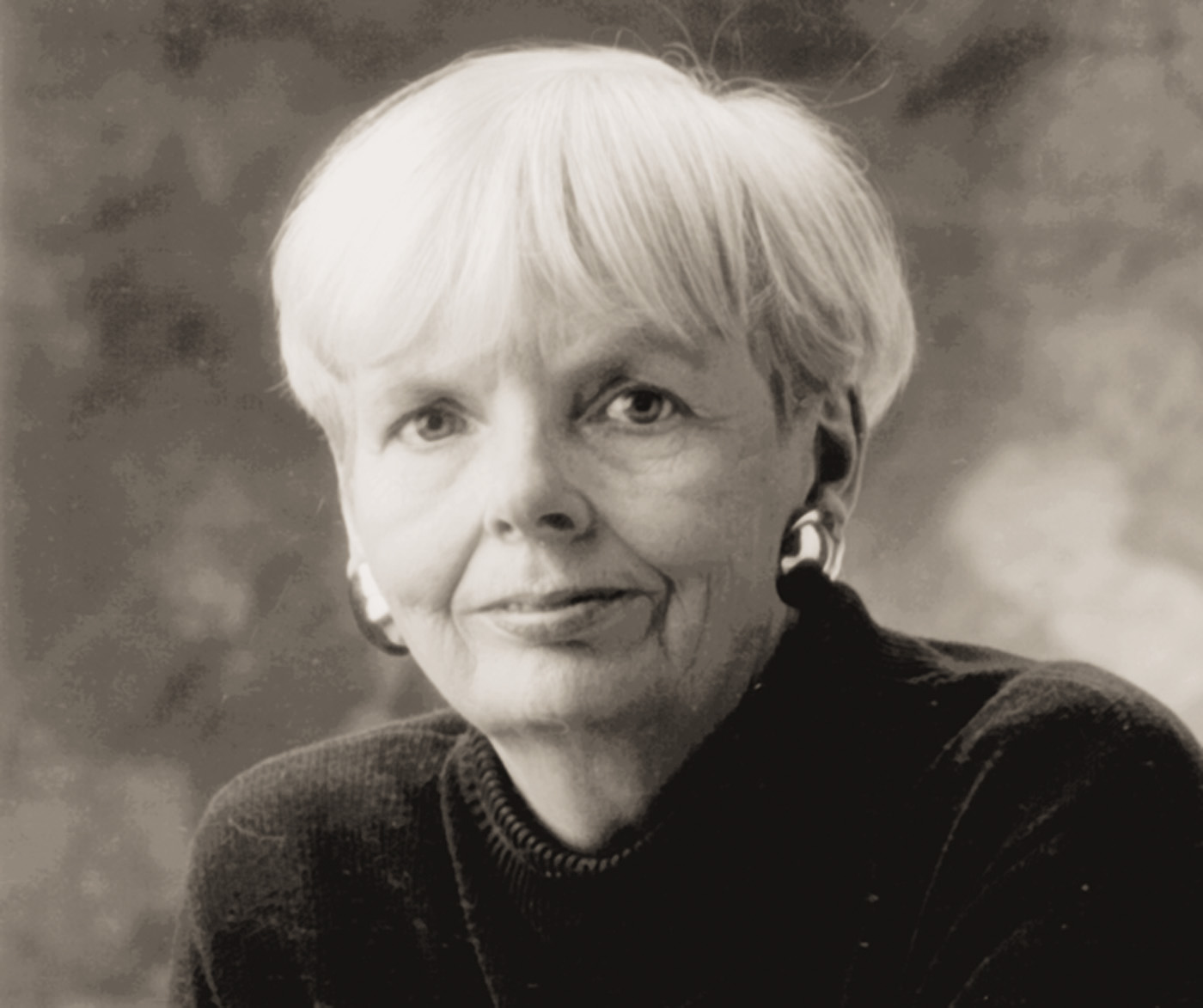Carol Shields Memorial Labyrinth
Legacy Brick Program
Leave a lasting legacy in a labyrinth & support the arts!
When you buy a commemorative brick, 100% of the proceeds go towards our efforts to connect every region in Manitoba by sharing & celebrating the arts.
The Carol Shields Memorial Labyrinth is an outdoor, accessible garden labyrinth which commemorates Carol Shields, an internationally renowned author and Manitoba’s only Pulitzer Prize winner. The Carol Shields Memorial Labyrinth garden is a free public destination point located in King’s Park, Winnipeg. People travel from all over the world to visit the labyrinth garden. Your purchase of a commemorative brick adds to the labyrinth and becomes part of its design. In addition, all proceeds go towards the Manitoba Arts Network—a non-profit, charitable arts organization dedicated to connecting, showcasing and promoting visual and performing artists with communities across Manitoba.
Commemorations: Birthdays, Anniversaries, In Memoriam, etc…A card will be sent to honourees.
Rectangular Brick: $100
Square Brick: $200
Write the message you would like engraved, and please include the name, address, and phone number of living honourees in the private message text-box below.
$100 – Engraved message on 4 1/8″ x 8 ¼” brick. Limit – 25 letters
$200 – Engraved message on 8 ¼” x 8 ¼” brick. Limit – 35 letters

Pulitzer Prize-winning author, Carol Shields
Groups with members purchasing ten bricks or more receive a free engraved brick with group name. Canadian donors receive tax deductible receipts for income tax purposes. If you are interested in purchasing a commemorative brick, please complete the form below. Have questions? email us.
Learn More about the Labyrinth
“Labyrinth walking is an ancient practice used by different faiths for contemplation and prayer. Christians in the middle ages walked labyrinths as substitutes for pilgrimages to the Holy Land. Some of these labyrinths still exist today, the most famous being the one at Chartres Cathedral near Paris, France, built around 1200.
The path of the labyrinth is a path of personal, psychological and spiritual transformation. We carry our burdens to the centre, reflect or pray there, and walk out lighter. It is a walking meditation. Labyrinths are thought to enhance right brain activity. People report feeling more relaxed, centred, or reflective after walking a labyrinth. An emerging field of study is conducting research into the “labyrinth effect”. The effects have been noted not just when walking the path, but also when tracing a labyrinth design with one’s fingers.
In King’s Park in south Winnipeg, Manitoba, you’ll find the Carol Shields Memorial Labyrinth. Author Carol Shields was fascinated by labyrinths. In her novel Larry’s Party, the protagonist becomes a maze and labyrinth designer after visiting the maze at Hampton Court in England, the mazes and labyrinths in the book becoming a metaphor for his attempts to untangle and find meaning in his life.
The Carol Shields Memorial Labyrinth is a new labyrinth, officially opening in 2009. It was designed as a healing labyrinth. It incorporates many of the hedges and flowers Larry used in his mazes, although the shrubs are still small, having been so recently planted. The labyrinth slopes slightly to the centre, a bowl shape creating a gentle gravitational pull that is said to increase the healing effects of the relaxation response and left-brain, right-brain integration.
I walked the Carol Shields Memorial Labyrinth this fall. A sign provides information about walking the labyrinth. It says:
There is no right way or wrong way to walk a labyrinth. … You simply enter the labyrinth and allow the pathway to lead you to the centre. After you have done what you need to do in the centre, or find what you need to find, you can follow the same pathway back out or use the shorter path through the meditation/healing garden to the entrance. Some people take a question or prayer with them as they walk the labyrinth.
I felt a sense of peace, calm, and quiet stillness as I walked the path. The curving path pulled me nearer and nearer the centre, but when I thought I’d reached it, the path meandered away from the centre before twisting back toward it, reminding me the path of life is not always straight and direct. In the labyrinth, you continue to follow the path, trusting it will take you to the centre.”
